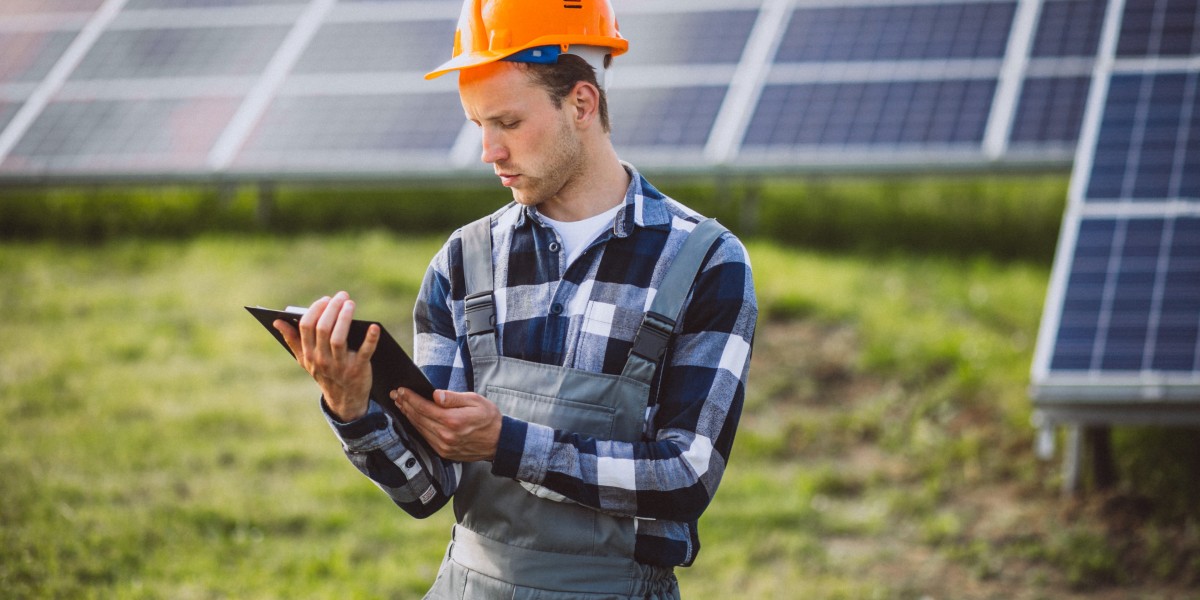Introduction
With the rising energy demands and frequent power shortages in Pakistan, solar energy has become a practical solution for reducing electricity costs and ensuring a stable power supply. The solar system installation in Pakistan not only lowers utility bills but also contributes to environmental sustainability. This guide details the step-by-step process of installing a solar system, covering everything from the initial assessment to post-installation maintenance.
1. Initial Assessment and Feasibility Study
1.1. Evaluating Energy Requirements
The first step in the solar system installation process is to evaluate the energy needs of the property. This involves:
- Analyzing Historical Data: Reviewing electricity bills to understand average energy consumption, peak usage times, and seasonal variations.
- Calculating Energy Needs: Determining the total energy demand to ensure the solar system is adequately sized to meet these needs.
This analysis is essential for designing a solar system that is both efficient and cost-effective.
1.2. Site Evaluation
A site evaluation is crucial to ensure that the solar panels are installed in an optimal location. Key considerations include:
- Roof Orientation: The roof should ideally face south to maximize sunlight exposure throughout the day.
- Shading: Assessing potential shading from nearby buildings, trees, or other obstructions that could reduce the system’s efficiency.
- Available Space: Ensuring there is sufficient space on the roof or ground for the required number of solar panels.
1.3. Financial Considerations
Before proceeding with the installation, it's important to conduct a financial analysis:
- Cost Estimation: Estimating the total cost of the solar system, including equipment, installation, and maintenance.
- Incentives and Subsidies: Exploring available government incentives or subsidies that can help reduce upfront costs.
- Return on Investment (ROI): Calculating the payback period and long-term financial benefits of the system.
Understanding these financial aspects helps in making an informed decision about the investment.
2. System Design and Proposal
2.1. Choosing the Right Components
Based on the initial assessment, the solar system is designed by selecting the appropriate components:
- Solar Panels: Choosing between monocrystalline and polycrystalline panels, depending on the efficiency required and budget.
- Inverters: Selecting inverters that convert the DC electricity generated by the panels into AC electricity for household or business use.
- Batteries (if applicable): Determining the need for battery storage to store excess energy for use during non-sunny periods.
2.2. Designing the System Layout
The layout of the solar system is crucial for its efficiency:
- Panel Arrangement: Deciding on the number of panels and their placement to maximize sunlight exposure and minimize shading.
- Mounting System: Selecting a mounting system that ensures the panels are securely attached and properly angled.
2.3. Proposal and Quotation
After finalizing the design, the solar provider will prepare a detailed proposal:
- Scope of Work: Outlining the components, installation process, and timeline.
- Cost Breakdown: Providing a detailed quotation that includes equipment, installation, and potential maintenance costs.
- Warranties and Services: Information on warranties for the components and any included maintenance services.
Reviewing this proposal carefully ensures that all aspects of the installation are understood and agreed upon before proceeding.
3. Installation Process
3.1. Preparatory Steps
Before the installation begins, certain preparatory steps must be completed:
- Permits and Approvals: Obtaining necessary permits from local authorities to ensure the installation complies with building codes and regulations.
- Site Preparation: Ensuring the site is ready for installation, including any necessary roof reinforcements or electrical preparations.
- Utility Coordination: If the system is to be connected to the grid, coordinating with utility companies for a smooth integration.
3.2. Panel and Equipment Installation
The installation process involves several key steps:
- Mounting Solar Panels: Installing the panels on the roof or ground using a secure mounting system, with careful attention to alignment and angle for optimal energy capture.
- Electrical Wiring and Connections: Connecting the panels to the inverter and, if applicable, to the battery storage system, following safety standards and electrical codes.
- Inverter Installation: Placing the inverter in a well-ventilated area to ensure it operates efficiently and reliably.
- Battery Installation (if applicable): Installing and connecting batteries to store excess energy, ensuring the setup allows for reliable backup power during outages.
3.3. System Testing and Commissioning
After installation, the system undergoes comprehensive testing:
- Electrical and Performance Testing: Checking all connections and verifying that the system generates the expected amount of energy.
- Safety Inspections: Ensuring all safety standards are met, preventing any potential hazards.
- Commissioning: Activating the system and connecting it to the grid or standalone power system, ensuring it operates as designed.
4. Post-Installation and Maintenance
4.1. Performance Monitoring
Once the system is operational, continuous monitoring is important:
- Real-Time Monitoring: Using monitoring tools to track energy production and consumption, allowing for early detection of any issues.
- Regular Reporting: Reviewing performance reports to ensure the system operates at peak efficiency.
4.2. Routine Maintenance
Regular maintenance is essential to keep the solar system in good working order:
- Cleaning Panels: Periodically cleaning the panels to remove dust and debris that can reduce efficiency, especially in dusty environments like Pakistan.
- Inspecting Components: Checking for any physical damage to the panels, inverters, or wiring and addressing any issues promptly.
4.3. Troubleshooting and Support
In case of any issues, timely troubleshooting is crucial:
- Technical Support: Ensuring that the solar provider offers reliable customer service and technical support for resolving any problems.
- Warranty Coverage: Understanding the warranty terms and conditions to take advantage of coverage for repairs or replacements.
5. Legal and Regulatory Considerations
5.1. Permits and Regulations
Compliance with local regulations is critical:
- Building Permits: Ensuring all necessary permits are obtained before installation.
- Regulatory Compliance: Adhering to local building codes, zoning laws, and electrical standards.
5.2. Net Metering and Incentives
Understanding net metering policies and incentives can enhance the financial benefits:
- Net Metering: In areas where net metering is available, excess electricity generated by the solar system can be sold back to the grid, providing an additional income stream.
- Government Incentives: Exploring any available government subsidies or tax credits that can offset installation costs.
Conclusion
The process of solar system installation in Pakistan involves several crucial steps, from the initial assessment to ongoing maintenance. By carefully managing each phase, homeowners and businesses can ensure a successful installation that meets their energy needs and financial goals. Solar energy offers a sustainable, cost-effective solution that not only reduces electricity bills but also supports environmental conservation.
With thorough planning, expert installation, and diligent maintenance, a solar system can be a valuable investment for any property owner in Pakistan, contributing to a more sustainable and energy-efficient future.








